Let's Chat
Have a question?
Call us toll-free at: +1 888-589-5866 or complete the form and someone from the Strategy Squad will be in touch.
In this guide, we’re going to cover the fundamentals you need in order to scale with online advertising in the competitive eCommerce landscape. While much of the theory out there about advertising is general, we’re tailoring this specifically to Shopify marketing.
Whether you’re running an established brick-and-mortar that’s moved online using Shopify or have an entirely new venture, you’ll need ads in order to grow your store.
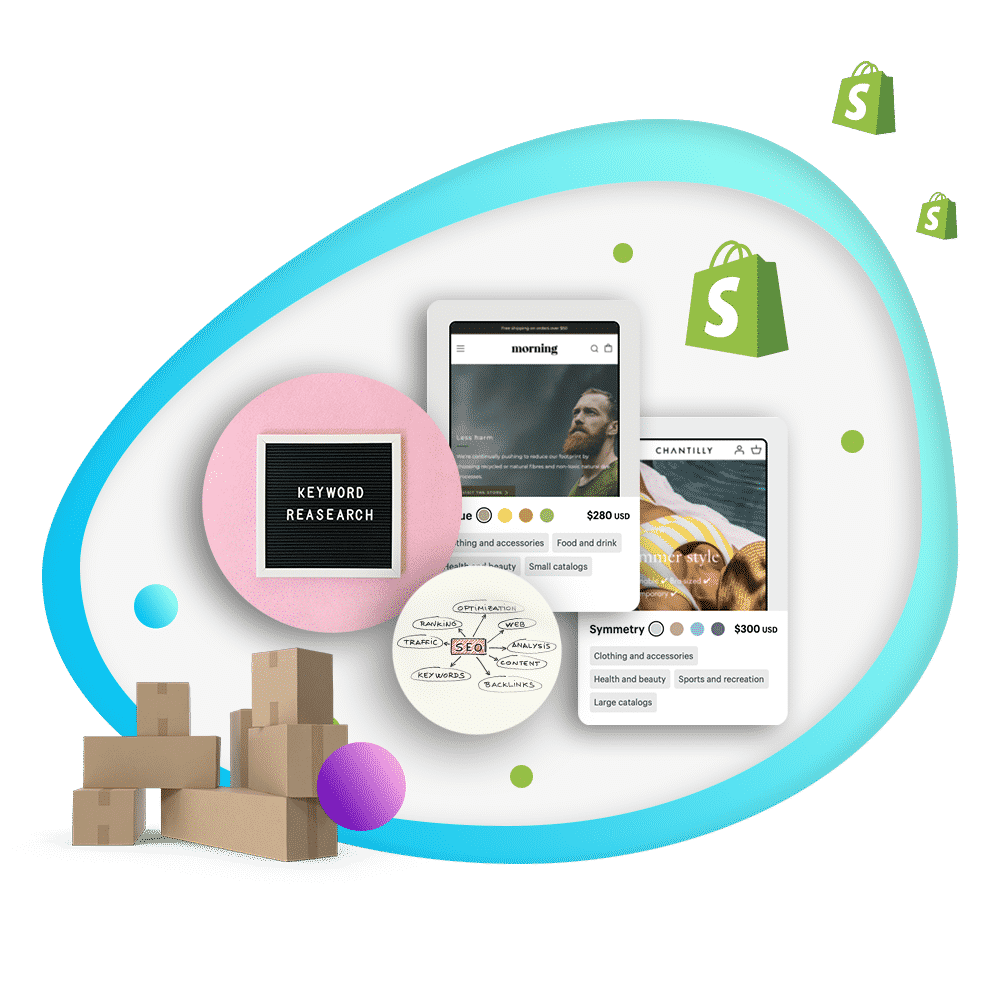
There is a reason so many people use Shopify and why it’s revolutionized how people sell. It’s almost synonymous with eCommerce at this point, although other DIY platforms are out there. It’s so user-friendly that it’s really made it so almost anyone can open up a store.
The platform has added an astounding number of new stores during the pandemic–a whopping 2.5 million! While that is an impressive number, it also means a lot more competition for those who are new on the platform.
This guide will help you efficiently build out a framework for success with a mixture of best practices, strategies, and tools that will spell success for your online store.
Stay up-to-date on platform changes, digital marketing tactics, and industry news. We promise we won’t spam!
Starting off right can save you a lot of time. It’s much easier to have a solid game plan at the beginning than to try and go back and make changes once you’re years in. But of course, better late than never too!
In talking to two expert Shopify Plus agency founders last year, we’ve put together this condensed list of priority items.
While it’s not strictly a marketing question, it does play a huge role. If you haven’t done adequate research and haven’t established that people actually need your product, then you’re not going to get very far.
Chase Clymer, Co-Founder of Electric Eye, a Shopify Plus agency, says he’s seen founders launch eCommerce sites and wonder why they’re not seeing any sales. Even the world’s best advertising agency can’t sell a product that no one wants.


At the end of the day, you’re selling to people and they will be cautious about where they’re spending their money. Especially as inflation runs wild and the global economy adjusts to the current environment, you need to be sure that your product is solving a real problem.
Once you nail down who your niche market is and confirm that they are genuinely interested in buying your product, then you can move on to the next steps.
As we’ve mentioned already, eCommerce is getting more and more crowded by the day. It’s basically required that you have a unique selling point in order to differentiate your brand. Whatever that is, identify it and shout it from the mountaintops.
Are you a socially conscious brand that maybe doesn’t have the most one-of-a-kind product offering, but does donate 50% of profits to children in need? Blast that everywhere!
Are you a micro business making everything happen all on your own? Don’t be shy! You’re doing amazing things so personalize your brand and “own the fact that you’re a one-person team,” as Kelly Vaughn, Founder of the Taproom and Govalo, pointed out.
Shopify is an amazing tool because of all the options available to the non-coder for customizing their website. Without having an overhead of thousands (or more realistically, tens of thousands) of dollars for web development, merchants can easily give their digital storefront a unique look and feel.
The first step is to create a brand guide. This will help everyone in your organization stay on the same page when working on different aspects of your branding. You’re going to start with your logo and brand colors, then move on to things like taglines and tone. Starting from your website to your ad copy, having a brand guide in place will ensure consistency.
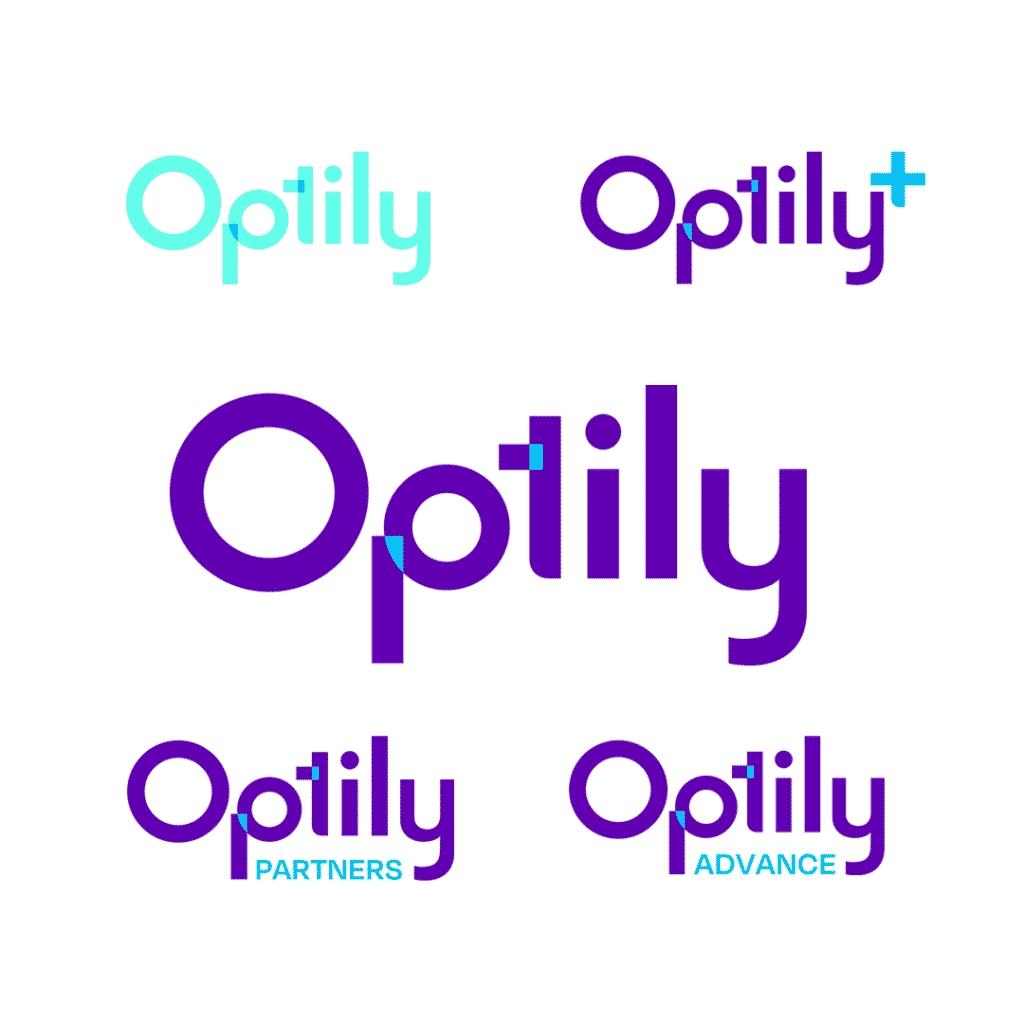
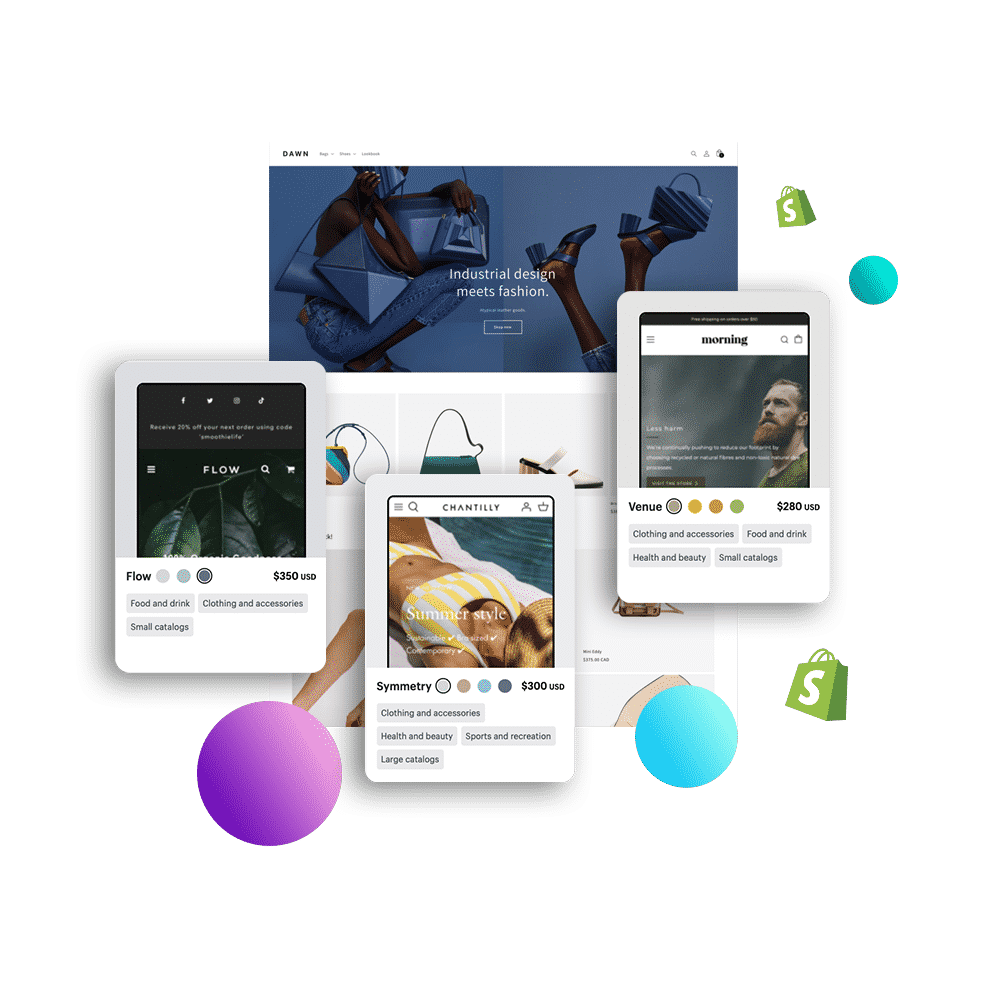
Kelly Vaughn has dealt with tons of companies who come to her agency asking for a Shopify site. They insist on a customized template with tons of bells and whistles. She and her team are happy to do this, however, in most cases, she says it’s completely unnecessary. There are so many different free and inexpensive templates already available that you can customize to match the colors and layouts you need.
There are so many third-party plugins and apps available to fill the gaps of any template, that it’s really a small number of vendors that truly need something fully customized for them. Save your time and money, especially in the early days, and pick a template to start off with.
We’ll get into the more advanced bits of SEO tactics later on, but for a start, having good content is really important.
Firstly, you want your products to be found. This means keywords need to appear in your titles and descriptions. While writing product descriptions isn’t the most exciting part of copy writing, it is really important.
By setting up a well-structured marketing funnel strategy and managing it effectively, digital advertising will help you scale.
To learn all about setting up your marketing funnel, keep reading this complete guide to marketing funnels.


Keep in mind what kind of branding you’re looking to highlight and don’t forget to use every avenue you can. If your approach is tongue-in-cheek, don’t be afraid to use cutesy bits of microcopy throughout your site.
404 errors happen, but why should yours be bland? Add a joke or a fun random fact so it’s memorable and not a complete waste of someone’s time if they end up there.
No, we don’t mean invest in some $500 camera and $3000 lenses. In fact, high-quality images are pretty much wasted on the internet because you’re going to compress them anyway. What we do mean is well-framed, unified images that make browsing easy on the eyes.
The basics here are having them all be the same dimensions. If you like squares and those work for your layout, go for it. But if you’re mixing and matching squares and rectangles, that doesn’t work. It makes it hard to look at for your visitors who are browsing your products. When in doubt, a plain white background is always a safe bet.
And speaking of picture quality, Kelly insists that smartphones nowadays have more than enough megapixels to take good shots for online catalogs. You’ve already got all the equipment you need right in your pocket!

Selling organic dog food and high-end watches are going to have two very different strategies. What works in one sector might not be the best approach in another. It’s important to identify what other successful brands are doing in your sector and apply your own unique spin on it.
We’ve created a few niche guides to help your scale your Shopify store:

This section is especially important for more established pages, but can definitely apply for new builds. Here, we’re talking about your quick wins–things that can be easily fixed in a few days and can have a big impact on your bottom line.
A huge one is mobile-friendliness. More and more people are buying straight from their phones, so you need to make sure your experience is just as smooth (if not smoother) on mobile as on desktop.
Aside from the regular formatting issues that need to be fixed, a big one here is payment methods. Make sure to have Apple and Google Pay as options, because a big part of the mobile experience is making everything super fast.
Essentially, you want to fix anything here that adds unnecessary friction to checking out. Getting people to land on your page, browse, and actually add things to their cart is hard enough. You don’t want to add any reasons from them to not complete the purchase.
Heat maps and customer journey tools, like those you get from HotJar or Fullstory, can help you quickly identify things like rage clicks or where people drop off. Regularly review these reports and make adjustments as needed.
Of course, a given is to make sure that you got all your tracking and third-party apps installed. That being said, be sure you’re fully compliant with the online privacy laws in the regions you’re operating in and that you have the required consent before a single IP address is logged.
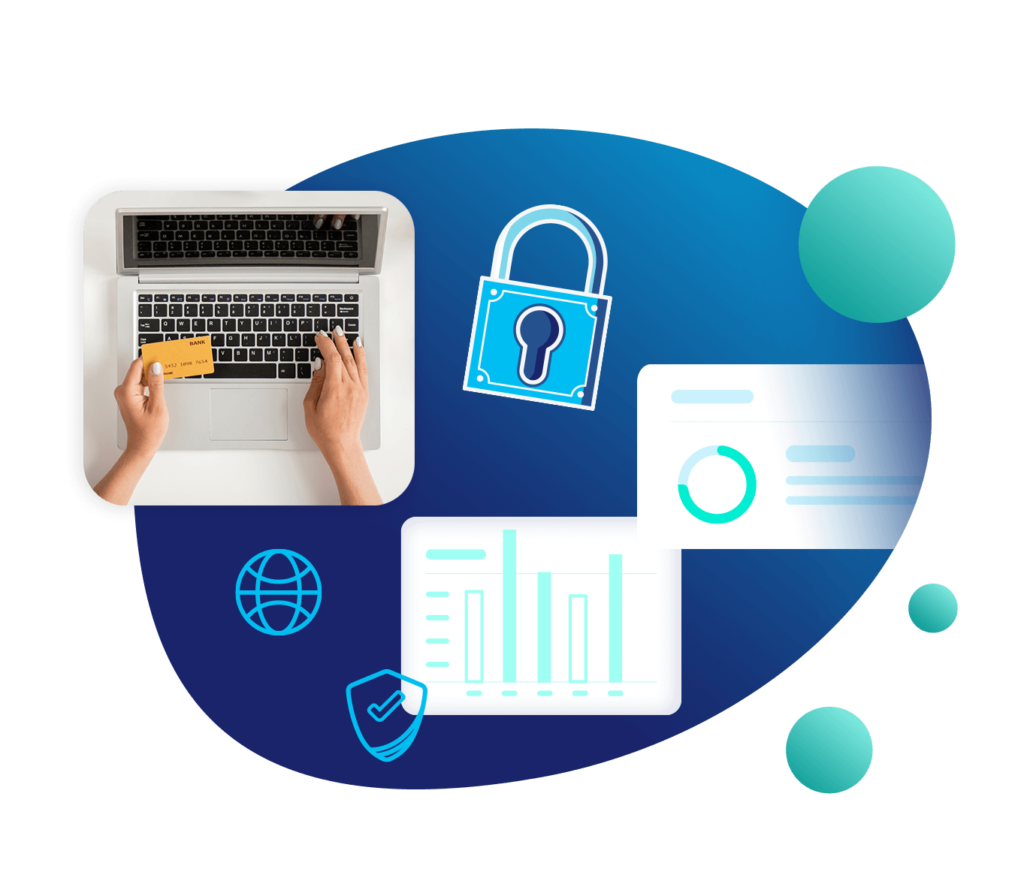
While it’s clear that the linear path to purchase is not applicable in all cases, since buyer journeys have gotten significantly more complex, that doesn’t mean we should discount the marketing funnel altogether. The number of steps a consumer takes before purchase isn’t really the most important part of the buyer journey, rather it’s the mental process they go through in arriving at the decision to buy.
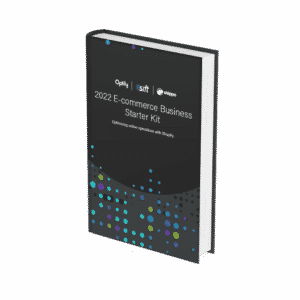
Looking for a quick read with expert tips on getting started with Shopify?
Our new collaborative eBook with Sift and Shippo includes tactics for:
One of the best things about Shopify is how so many things can easily be integrated into the platform. No one wants to have 17 tabs open just to launch one ad campaign. The ease with which you can integrate various tools is definitely a strong point.
Shopify lets you sync your products with the main advertising channels and makes it easy to do most things without having to leave the platform.
Firstly, you’ll need to connect your Shopify store to Facebook with the Pixel. While not as effective as it once was due to recent privacy changes, the Pixel is definitely something you still need to have on your page to track how users interact on your page. This data will allow Facebook to show you the results of your various campaigns.
We also need to point out is that the Meta (formerly Facebook) Conversion API (CAPI) is an extra step that will ensure your Shopify Store and Facebook Ads are sharing as much data as possible. The CAPI is meant to supplement, not replace the Pixel.
A little background (that may get a tiny bit technical, but bear with us) on this relatively new way of linking Meta to your website is needed to explain its importance. Basically, last year Apple threw a wrench into the digital marketing world with its iOS 14 update. This update meant that iPhone users had to explicitly opt-in for the app to track them.
Unsurprisingly, the percentage of users who opted in when prompted was in the single digits. Meaning that for over 90% of iPhone users, the Meta Pixel was no longer tracking their behavior. This, combined with overall signal loss from people clearing cookies, Adblockers, and the overall end of cookies looming on the horizon, spells an order loss of over 20% for Shopify stores.
If you want to learn all about iOS 14.5 and how to overcome this data loss, check out: Digital Marketing after iOS 14.5.
First, we’ll explain how things used to work in the simpler days with just the Pixel firing. How the Facebook Pixel is designed to work is illustrated in the diagram below:
The Meta Pixel, a tiny piece of code on each page of your shop, fires when a user triggers an event. A standard event is landing on the page or clicking a button. The data is then passed through the users browser to Meta. The user is then logged as having visited your page, meaning you can target them again with lower funnel ads, since they’re already familiar with your brand.
The problem with this flow is that is relies on the users browser to pass the information. With iOS 14’s changes, the sunsetting of cookies in the near future, and the overall rise in demand for online privacy, the Pixel is simply not effective on its own.
The Conversion API is not here to replace the Pixel, rather to complement it and bypass the browser settings. The diagram below show how this updated process works:
When the Pixel doesn’t work because of the reason mentioned above, the CAPI fills in. It goes directly through your company servers and not through the users’ browsers, delivering the data straight to Meta’s servers.
While API integration can sometimes be a bit hairy, Shopify’s integration makes it super easy. We’ve done up a step-by-step guide on how to link your Shopify store directly to Meta and get the most accurate data for your ads.
With the CAPI set up and by leveraging the new Shopify Audiences feature, you should be on track for success despite iOS 14.5 challenges.
If you’re selling goods online you’re almost certainly going to want to feature on Google Shopping. Again, we won’t go through the steps on how to link your product feed directly to Google, since the Shopify resources already cover that in detail.
We will, however, update you on the changes coming to Google Ads, in the form of Performance Max and give you some expert tips on making the most of your Shopping Ads.
Yeah, it’s a bit of a strange name. People have commented on it…
Can we all agree that “Performance Max” sounds like it should be in a truck commercial?
— Shaun Elley (@selley2134) November 2, 2021
Names aside, the revamp of the Google Ads creation process is something is pretty important. In recent year, the push for more and more automation has been taking over on almost all ad platforms. Google has especially been pushing its machine learning and AI technology really hard. Almost all the defaults are set to be automated and you really have to know what you’re doing to switch them onto manual settings.
The latest innovation from the tech giant is looking to simplify the ad creation process. Performance Max is going to unify Search with the other Google ads properties, like Display, Gmail, and YouTube. Rather than having to set up separate campaigns for each one of these, you’ll be able to do everything from one location.
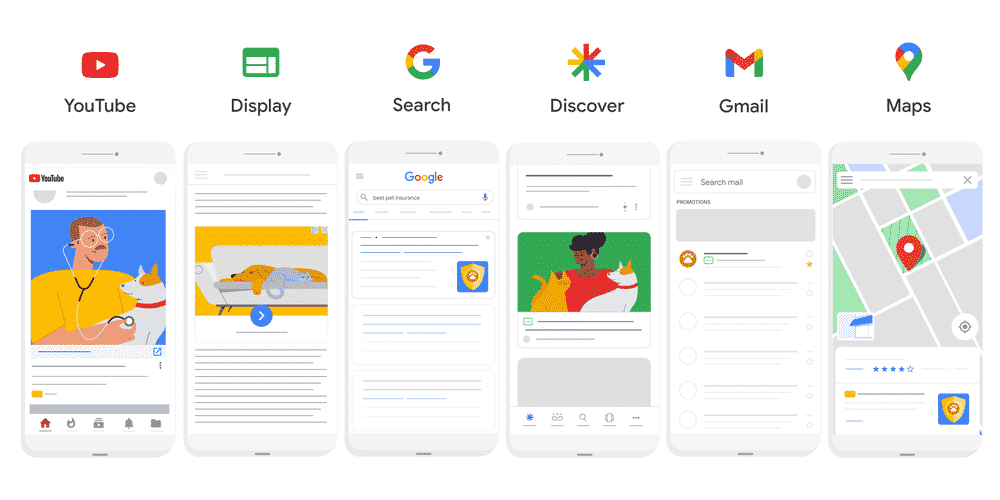
The idea behind this approach is to lower the conversion cost for advertisers overall. By leveraging the power of automated bidding and budget adjustments, audience targeting, optimization, and more, more effective ads can be created and managed in less time.
Google will be rolling out the changes and phasing out Smart Shopping and Local altogether throughout 2022. For more details on the timeline and what this change entails, review our recap of the Performance Max upgrade.
On our eCommerce marketing podcast, Optily Radio, we have had tons of advice from thought leaders in space. Among them was Kirk Williams, Founder of ZATO Marketing, who is our go-to source for Google Shopping and PPC advice.
While we had him on our show way before anyone knew a thing about Performance Max, the tactics he prescribed still hold true. Google Smart Shopping is not going to be affected and only Smart Shopping is getting wrapped up in the Performace Max upgrade (for now at least). Unless there is a big change with the reporting, we can expect that there will still be very little visibility into the data available from Smart campaigns.
Here’s a short clip of Kirk talking about this data “black hole:”
In order to combat this, he suggested that merchants, especially those who are just starting out with Google ads, run some standard Shopping Ads first. Because there is so much vital data about audiences and placements that can be gained, if you start off with just the Smart Shopping Ads through Perfoemance Max now, your future ad strategy won’t be quite as informed with performance data.
Kirk’s major takeaway protip for store owners who are running ads in Google Shopping was to refresh zero-click products.
First, navigate to your Google Merchant Center and export a list of the products that have gotten no clicks in the past month. Make sure they’re active products, but just ones that haven’t sent any traffic to your page because Google’s not serving them.
Next, download these products and give them a custom label.
Finally, start a Smart Shopping campaign (through Performance Max) for these products alone. This is a good way to let perfectly good products shine in their own campaign, rather than having them compete against your other products that Google’s algorithm rates higher and puts more budget towards.


While running ads through Shopify across Facebook, Instagram, Google Search, Display, and YouTube is simplified, it’s still not optimized. You can input your product feeds, creative, and targeting, but once your ads are created then what?
Knowing where to spend your ad dollars for the most effect is a problem that has always plagued marketers. With digital marketing, we’re able to get a leg up with real-time data on how many views, interactions, and conversions ads are giving us–to a point.
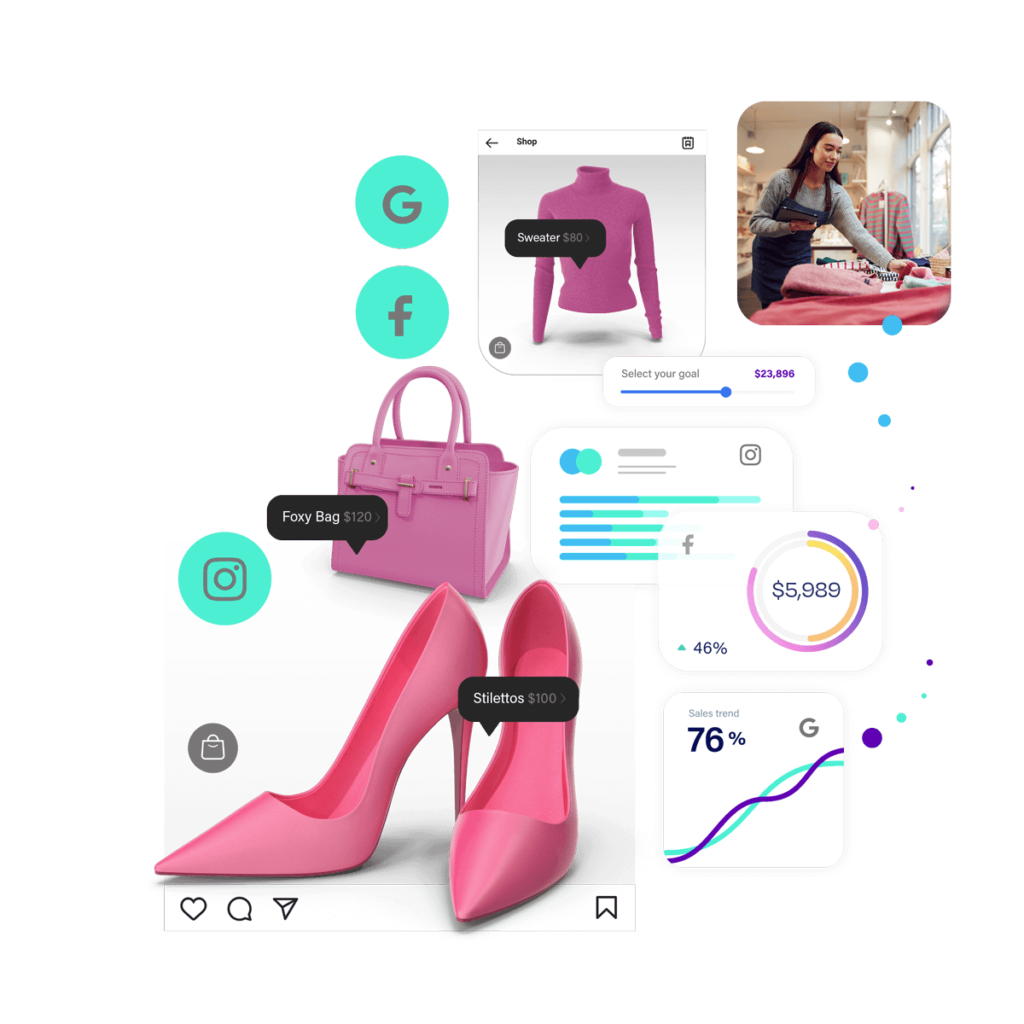
We’ve discussed attribution models previously in our blogs, so we won’t go too far into the weeds here. Essentially, at the root of attribution is figuring out “which ad (or ads) contributed to this sale.” Depending on which attribution model you use and the data sources contributing to it you may get a variety of answers.
Consider this simple example: A customer is browsing their Instagram feed and sees your ad for the first time, watches the video, and keeps scrolling. The next day they see another ad on Messenger and click on your site to look around. They put a pair of shoes in their cart, but don’t check out. Two days later, they see a Google display ad on a news website with that pair of shoes in it, click, and complete their purchase.
Who gets credit for this sale? If you go to your Google Ads reports, you’ll see that the display ad is given all the credit. Similarly, if you go to Facebook, you’ll see the Messenger ad getting all the credit. It’s not that either of these platforms is lying to you, they simply don’t have all the information.
Now, this was just one ad with three touchpoints–a pretty simple journey compared to the months’ long paths to purchase with dozens and dozens of interactions. So you can see why attribution can quickly become a huge nightmare for advertisers who just want to know which channels to invest in more.
As with so many things in modern advertising, attribution is something that can be helped with technology. We won’t ever be able to figure out attribution 100%, that is just something we’re going to have to accept.
Consider the last thing you bought online. Why did you buy it? Did you get an email with a promotion? Or maybe you saw an ad a month ago about it? Maybe both? What percentage of credit would you assign to these touchpoints on the role they played in your purchase?
Basically, we can’t figure out attribution. However, we can make a really good guess based on past performance and do so quickly with algorithms. This means with software solutions like Optily, we can quickly and reliably answer that question, “Where do I spend my ad dollars for the best returns?”
By bringing together data from Shopify, Facebook, Instagram, Google, and YouTube, Optily’s algorithm can generate recommendations on optimal budget splits across your campaigns. You just need to click Apply and your budgets are adjusted across all your campaign instantly.
The key thing to keep in mind is that not all goals are equal.
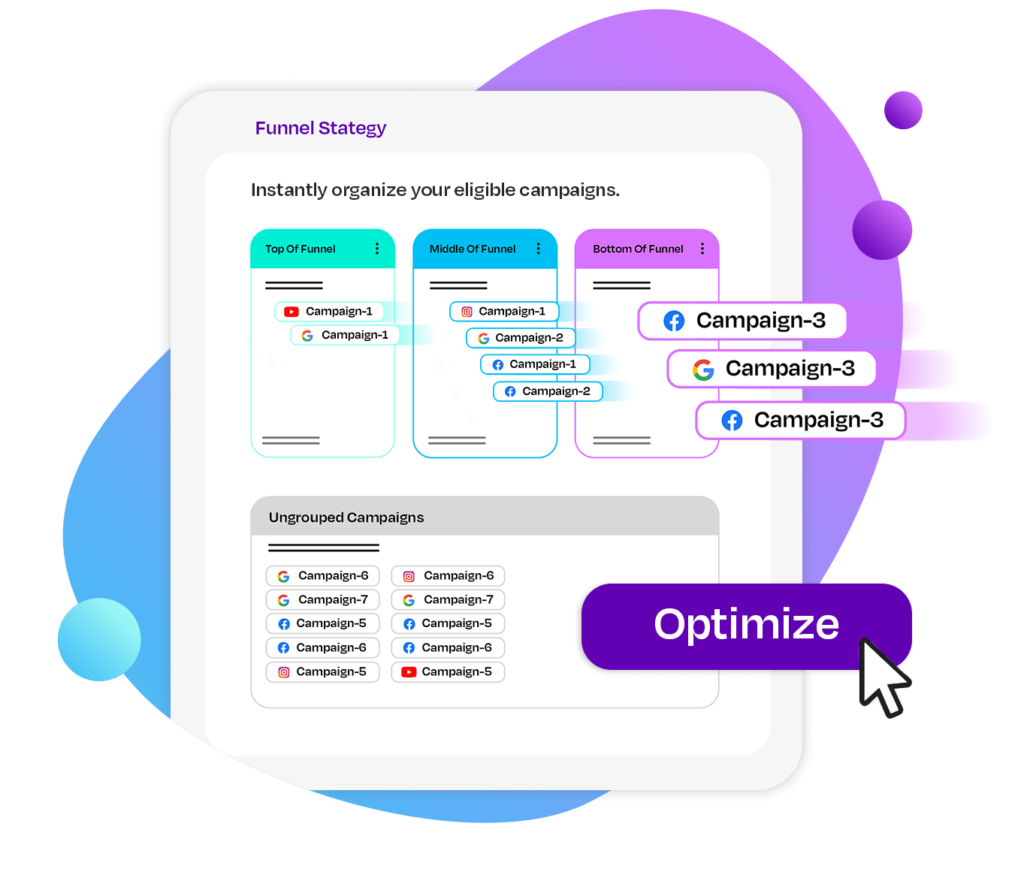
Hunting your data down across multiple tabs and spreasheets? No more. Optily syncs all of your ad performance data and Shopify sales data in a single-view dashboard.
The instant insights enable you to quickly make decisions on the recommended budget changes and easily reallocate your ad spend across Facebook, Instagram, Google, and YouTube with a single click.
By automating reporting you save time on analysis. Optily lets you go one step further and allows you to automate your recommendations. Apply ad spend optimization while you sleep and start your day off ahead!
The team behind Optily has decades of experience in digital marketing and eCommerce, so we know first-hand the struggles store owners and marketers face. This solution comes from working with some of the biggest ad agencies and international brands, managing over $1 billion in ad spend. It’s a solution for the big guys that’s now accessible to Shopify stores of all sizes.
Changes that you can make to your Shopify site itself are really important for generating organic traffic, improving UX, and increasing your conversion rate. Many of these will take time to audit and improve, but it’s important to constantly be looking for what the friction points are in your journey and improve upon them.
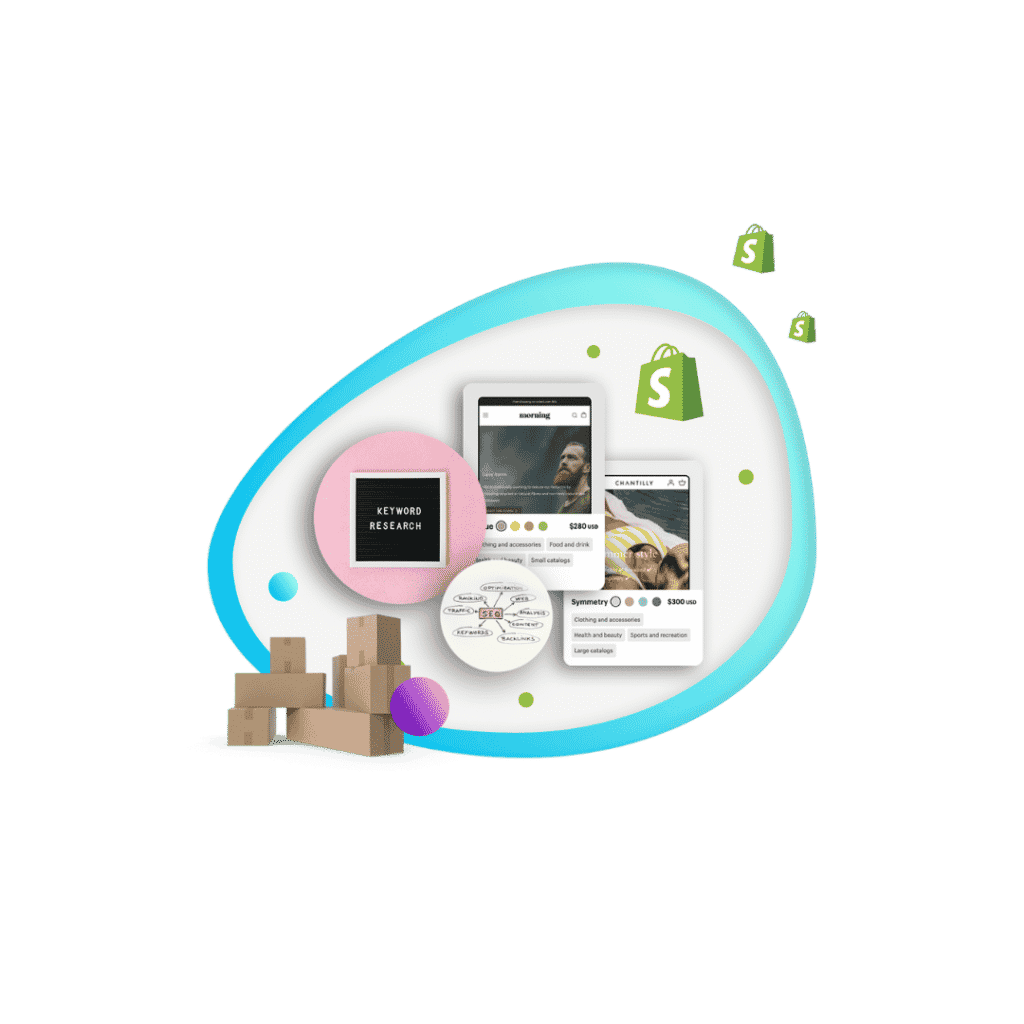
No surprise here, Search Engine Optimization (SEO) is a big part of the success of any site. If people are Google for products that you sell, you want them to find yours. Sure, you can bid on these keywords, but ads can get expensive depending on your industry. SEO is a good way to build a long-term strategy to bring people to your Shopify store while providing interesting and quality content.
We’ve got a whole guide on Shopify SEO best practices, but the main points to keep in mind are:
Toolkit: Semrush and Google’s Keyword Planner are our top picks to start on SEO.
Yes, this is a guide about marketing your Shopify store, but if we didn’t acknowledge that marketing can only get you so far, we’d be missing out on giving you the full picture.
How do you increase sales on Shopify? Well, for example, you know from your Shopify Analytics that historically 3% of the people who hit your site buy something. So, one way to double your conversions is the double your traffic. Pretty straightforward.
However, that can get expensive. The first say 30,000 people you target are the “cream of the crop” and most likely to convert the audience. So the next 30,000 might be less interested. Meaning to double your conversions you might have to increase your traffic 150% instead, which is a lot costlier.
The other option is to work on improving your conversion rate instead. We had a great chat on Optily Radio with Navah Hopkins, who at the time worked for our CRO partner Justuno, about some UX and CRO best practices:
The absolute best Shopify marketing strategy can only deliver people to your site. Even if your campaign wows them and gets them really interested in your product, if your site isn’t optimized then you might end up with a very low conversion rate.
There are certain big-ticket items that we discuss in the Easy Wins section that you need to identify as a priority. Mobile-friendliness is a given. More and more people are conducting online shopping on their phones, so ensuring that everything is formatted correctly for mobile and that Apple and Google Pay are options at checkout will help improve your conversions.
There are tons of best practices that you should take into consideration when building your site too. Little things like breadcrumb navigation, categories on the left-hand side, and other details that UX experts could point out to you in an audit.


If your site is fast, slick, and performing as well as you think it can, then you can look at other avenue for your CRO needs. Increasing your average order value (AOV) won’t increase the percentage of conversions, but it will definitely improve your overall math and bottom line. If of your 3% who do check out, you get them to increase the AOV by 10%, then you’re getting better returns on the same amount of traffic.


Using technologies like JustUno, you can implement all sorts of bundling of similar products or deals for buying multiple items. Buy this pair of boots and get 30% off socks and shoe polish. They weren’t going to get the other items, but now that they’re discounted they might just go ahead and add those on at checkout.
Navah Hopkins spoke a bit about gamifying your shopping experience and how that can help increase conversions. Spin to wins for an email address give a chance for different perks, like discounts or free items. Having a counter in your cart total counting down to the free shipping mark can incentivize users to add a couple more inexpensive items to their cart.
We’ve got tons of expertise in the world of Shopify marketing here at Optily. If you’re interested in seeing how your ads could be optimized, saving you time and growing your business, get in touch. In a short demo with our Strategy Squad, we’ll go through your current ad strategy and show you how the Optily platform works.
Let’s connect!
Connect with the Optily Squad by selecting a time in the calendar. We can wait to show you how Optily can supercharge your business growth
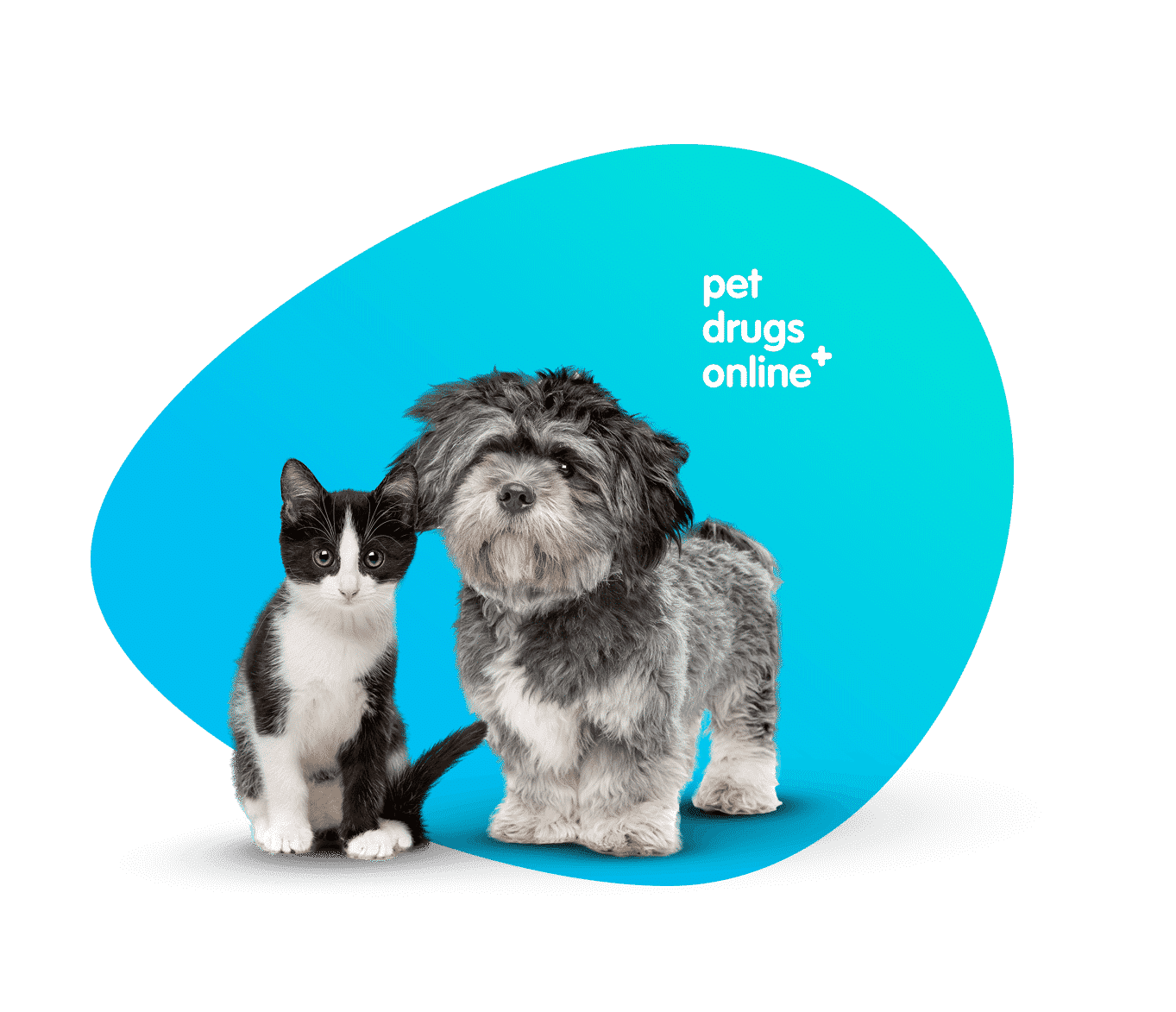
Call us toll-free at: +1 888-589-5866 or complete the form and someone from the Strategy Squad will be in touch.


Optily has partnered with Clearco to provide you with financial tools to grow your business.
Start your funding application below. Approval can take as little as 24 hours and every funded account receives 3 months of Optily software for FREE.
| Cookie | Duration | Description |
|---|---|---|
| cookielawinfo-checkbox-advertisement | 1 year | The cookie is set by GDPR cookie consent to record the user consent for the cookies in the category "Advertisement". |
| cookielawinfo-checkbox-analytics | 11 months | This cookie is set by GDPR Cookie Consent plugin. The cookie is used to store the user consent for the cookies in the category "Analytics". |
| cookielawinfo-checkbox-functional | 11 months | The cookie is set by GDPR cookie consent to record the user consent for the cookies in the category "Functional". |
| cookielawinfo-checkbox-necessary | 11 months | This cookie is set by GDPR Cookie Consent plugin. The cookies is used to store the user consent for the cookies in the category "Necessary". |
| cookielawinfo-checkbox-others | 11 months | This cookie is set by GDPR Cookie Consent plugin. The cookie is used to store the user consent for the cookies in the category "Other. |
| cookielawinfo-checkbox-performance | 11 months | This cookie is set by GDPR Cookie Consent plugin. The cookie is used to store the user consent for the cookies in the category "Performance". |
| elementor | never | This cookie is used by the website's WordPress theme. It allows the website owner to implement or change the website's content in real-time. |
| viewed_cookie_policy | 11 months | The cookie is set by the GDPR Cookie Consent plugin and is used to store whether or not user has consented to the use of cookies. It does not store any personal data. |
| Cookie | Duration | Description |
|---|---|---|
| bcookie | 2 years | This cookie is set by linkedIn. The purpose of the cookie is to enable LinkedIn functionalities on the page. |
| lang | session | This cookie is used to store the language preferences of a user to serve up content in that stored language the next time user visit the website. |
| lidc | 1 day | This cookie is set by LinkedIn and used for routing. |
| Cookie | Duration | Description |
|---|---|---|
| _ga | 2 years | This cookie is installed by Google Analytics. The cookie is used to calculate visitor, session, campaign data and keep track of site usage for the site's analytics report. The cookies store information anonymously and assign a randomly generated number to identify unique visitors. |
| _gat_gtag_UA_30310259_10 | 1 minute | This cookie is set by Google and is used to distinguish users. |
| _gid | 1 day | This cookie is installed by Google Analytics. The cookie is used to store information of how visitors use a website and helps in creating an analytics report of how the website is doing. The data collected including the number visitors, the source where they have come from, and the pages visted in an anonymous form. |
| ajs_anonymous_id | 1 year | This cookie is set by Segment.io to check the number of ew and returning visitors to the website. |
| ajs_user_id | never | The cookie is set by Segment.io and is used to analyze how you use the website |
| CONSENT | 16 years 4 months 4 days 13 hours | These cookies are set via embedded youtube-videos. They register anonymous statistical data on for example how many times the video is displayed and what settings are used for playback.No sensitive data is collected unless you log in to your google account, in that case your choices are linked with your account, for example if you click “like” on a video. |
| Cookie | Duration | Description |
|---|---|---|
| _fbp | 3 months | This cookie is set by Facebook to deliver advertisement when they are on Facebook or a digital platform powered by Facebook advertising after visiting this website. |
| bscookie | 2 years | This cookie is a browser ID cookie set by Linked share Buttons and ad tags. |
| fr | 3 months | The cookie is set by Facebook to show relevant advertisments to the users and measure and improve the advertisements. The cookie also tracks the behavior of the user across the web on sites that have Facebook pixel or Facebook social plugin. |
| IDE | 1 year 24 days | Used by Google DoubleClick and stores information about how the user uses the website and any other advertisement before visiting the website. This is used to present users with ads that are relevant to them according to the user profile. |
| NID | 6 months | This cookie is used to a profile based on user's interest and display personalized ads to the users. |
| test_cookie | 15 minutes | This cookie is set by doubleclick.net. The purpose of the cookie is to determine if the user's browser supports cookies. |
| VISITOR_INFO1_LIVE | 5 months 27 days | This cookie is set by Youtube. Used to track the information of the embedded YouTube videos on a website. |
| YSC | session | This cookies is set by Youtube and is used to track the views of embedded videos. |
| yt-remote-connected-devices | never | These cookies are set via embedded youtube-videos. |
| yt-remote-device-id | never | These cookies are set via embedded youtube-videos. |
| Cookie | Duration | Description |
|---|---|---|
| __tld__ | session | No description |
| _calendly_session | 21 days | No description available. |
| AnalyticsSyncHistory | 1 month | No description |
| li_gc | 2 years | No description |
| m | 2 years | No description available. |
| S | 1 hour | No description available. |
| UserMatchHistory | 1 month | Linkedin - Used to track visitors on multiple websites, in order to present relevant advertisement based on the visitor's preferences. |